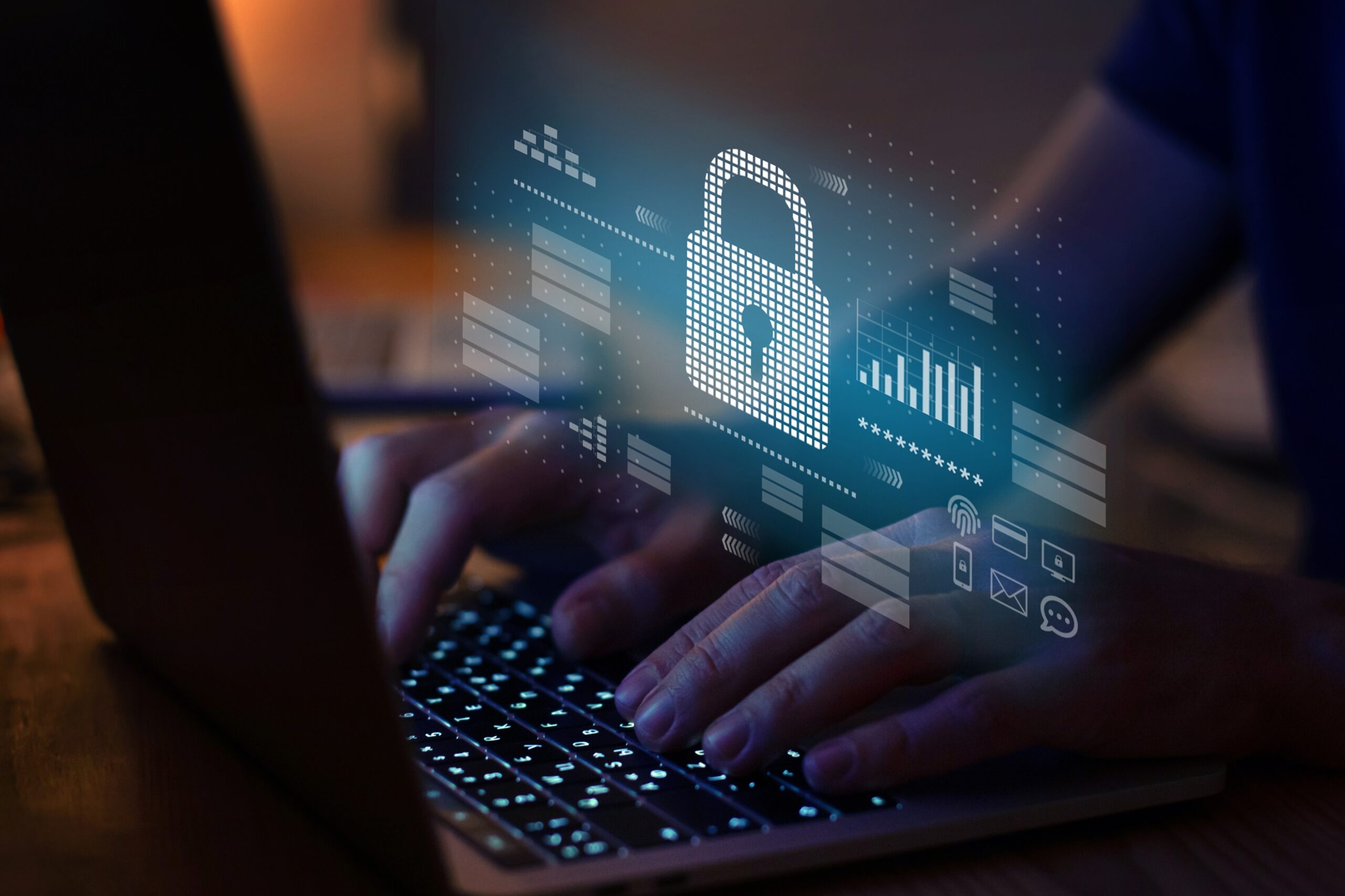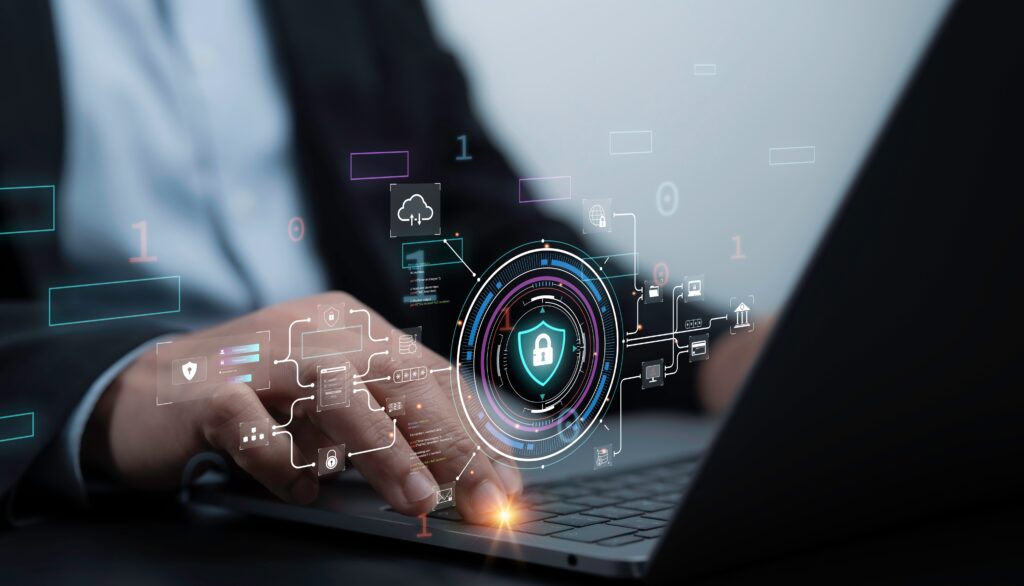
Cybersecurity Trends to Watch in 2025 (and How to Prepare
As digital threats become more advanced and the tech landscape continues to shift, cybersecurity is no longer just an IT issue — it’s a business-critical priority. With AI-enhanced attacks, new regulatory pressures, and a rise in hybrid work models, 2025 is shaping up to be a pivotal year. This guide outlines the key cybersecurity trends to watch in the coming year, and most importantly, what individuals and organisations can do now to stay protected, resilient, and ready.
Outline
- Why Cybersecurity Is Evolving — Fast
- Trend 1: AI-Powered Attacks (and AI-Powered Defence)
- Trend 2: Zero Trust Becomes the Norm
- Trend 3: Human Error Still the Weakest Link
- Trend 4: Supply Chain Attacks on the Rise
- Trend 5: Regulation Gets Stricter
- How to Prepare for 2025’s Threat Landscape
- Final Thoughts: Resilience Over Reactivity
Why Cybersecurity Is Evolving — Fast
Cybersecurity is no longer about firewalls and antivirus software. It’s about anticipating threats, securing remote work, managing complex cloud infrastructure, and protecting data in a hyperconnected world.
From phishing scams to ransomware-as-a-service, the threat actors are more organised, the stakes are higher — and every organisation is a potential target.
💡 In 2025, staying secure means staying informed and agile.
Trend 1: AI-Powered Attacks (and AI-Powered Defence)
AI is a double-edged sword. While it’s a game-changer for cybersecurity tools, it’s also being used by cybercriminals to launch more convincing, faster and automated attacks.
Watch for:
- Deepfake phishing and voice impersonation
- Automated social engineering
- Adaptive malware that evades detection
But there’s good news: defenders are fighting back with AI-powered threat detection, behavioural analytics, and automated response systems.
In 2025, it’ll be AI vs AI — and preparation will be everything.
Trend 2: Zero Trust Becomes the Norm
“Never trust, always verify.” That’s the Zero Trust model, and it’s moving from buzzword to baseline.
Zero Trust assumes every device, user, and connection could be compromised — and requires constant authentication and validation.
Key features:
- Microsegmentation
- Identity and access management (IAM)
- Continuous monitoring
In a hybrid work world, perimeter-based security simply isn’t enough anymore.

Trend 3: Human Error Still the Weakest Link
Despite all the tech, humans remain the most common point of failure. In 2025, cybersecurity awareness and training will be just as critical as firewalls and backups.
Common issues:
- Clicking on phishing links
- Using weak or reused passwords
- Falling for social engineering attacks
- Poor handling of sensitive data
Culture and habits matter — train your team like your security depends on it (because it does).
Trend 4: Supply Chain Attacks on the Rise
Hackers are increasingly going indirect — targeting third-party vendors, open-source libraries, and service providers to access larger organisations.
Real-world examples:
- SolarWinds breach
- Log4j vulnerability
- Compromised hardware and firmware in IoT
In 2025, supply chain security will require stronger vendor due diligence, software bill of materials (SBOM) checks, and collaborative risk assessments.
🔍 You’re only as secure as your weakest supplier.
Trend 5: Regulation Gets Stricter
Governments are cracking down on data protection and cybersecurity standards — and penalties are getting heavier.
On the radar:
- Stricter GDPR enforcement and expansion
- New national cybersecurity laws (EU, US, UK, APAC)
- Mandatory breach reporting
- Sector-specific rules for finance, healthcare, energy
Compliance isn’t optional — and it’s becoming a competitive differentiator.
How to Prepare for 2025’s Threat Landscape
1. Update Your Risk Assessment
- Re-evaluate based on current threats, not last year’s threats
- Include third-party and cloud vulnerabilities
2. Implement a Zero Trust Strategy
- Audit user privileges
- Require MFA everywhere
- Isolate systems and segment networks
3. Train Continuously
- Run phishing simulations
- Provide scenario-based learning
- Refresh policies with every new threat
4. Strengthen Incident Response Plans
- Define roles and escalation paths
- Include communications (internal + external)
- Practise with tabletop exercises
5. Leverage AI and Automation Wisely
- Use behavioural analytics to detect anomalies
- Automate routine threat response and patching
- Integrate tools into a central SIEM system
6. Engage With Leadership
- Make cybersecurity a board-level issue
- Report in terms of business risk, not just IT metrics
- Align security strategy with business growth plans
Final Thoughts: Resilience Over Reactivity
Cybersecurity in 2025 isn’t about being impenetrable — it’s about being prepared, responsive, and resilient.
💬 It’s not if you’ll be targeted — it’s how quickly you can detect, respond, and recover.
From AI-powered defence to zero trust architecture, the tools exist. The question is: Are you ready to use them?